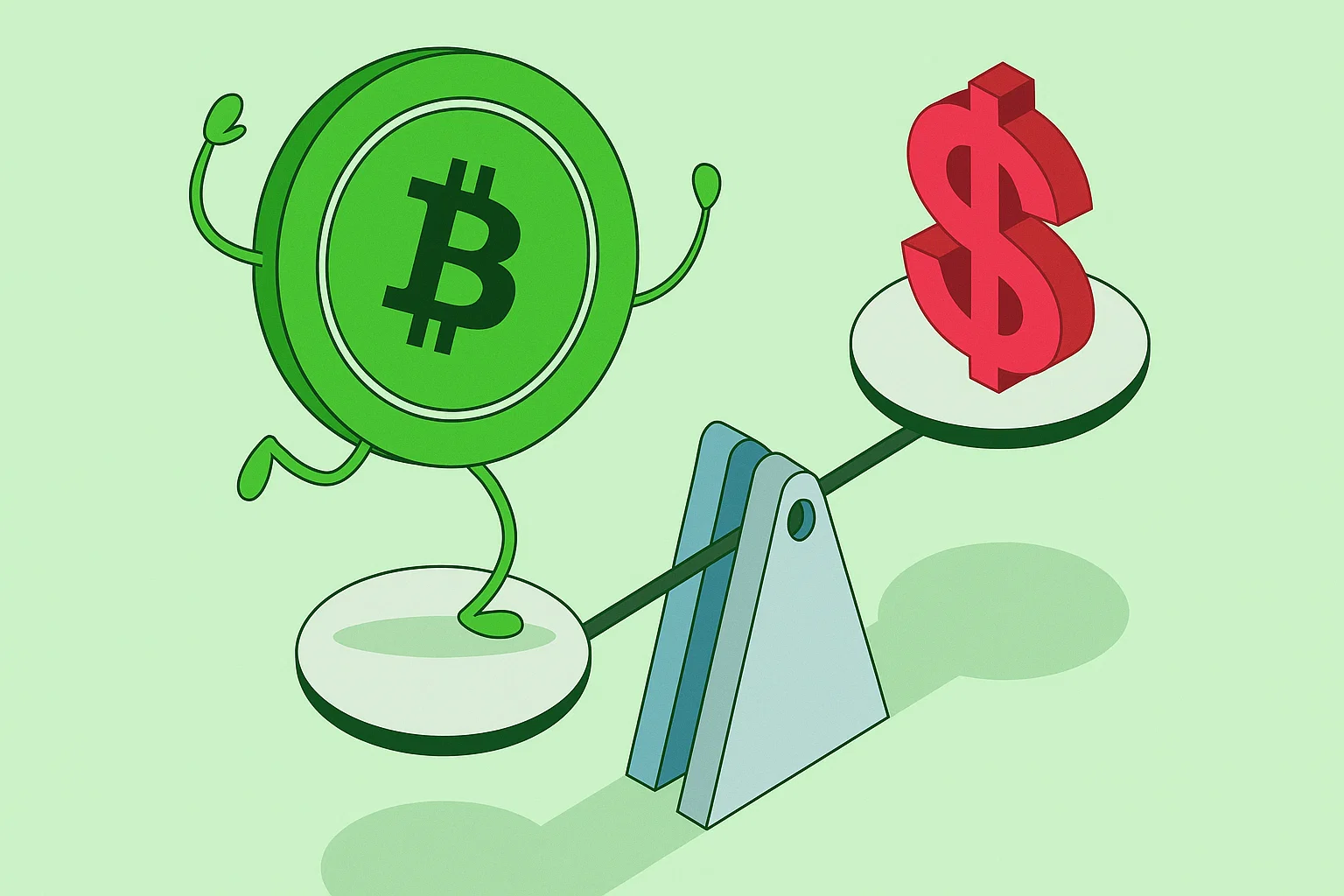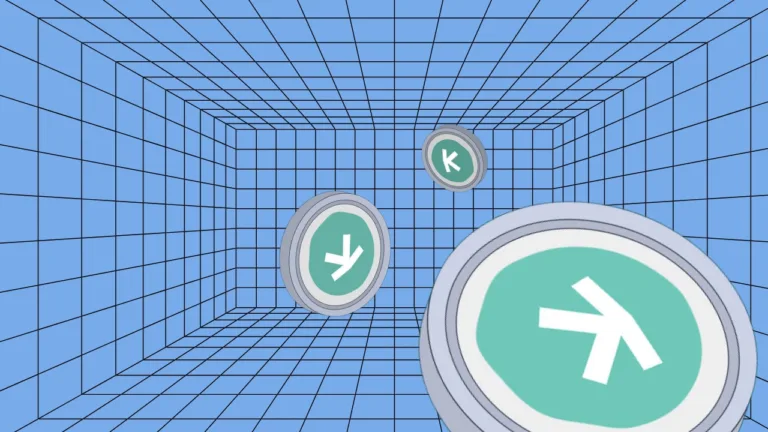Bitcoin Cash (BCH) Price Prediction 2030
Bitcoin Cash (BCH) Price Prediction 2030
Bitcoin Cash has carving out a niche as a peer-to-peer electronic cash system. By 2030, experts’ projections span a dramatic gulf. Forecasts range from as low as $33.38 to heights near $3,900, reflecting conflicting views on adoption, technology, and macro trends.
Key Takeaways:
Hide- Changelly: Projects BCH at $2,271–$3,720 in 2030. (Source: Changelly)
- Cryptomus: Forecasts $1,020.99–$1,290.45, averaging $1,155.72. (Source: Cryptomus)
- FXOpen: Estimates a range of $650–$3,500 by 2030. (Source: FXOpen)
- LiteFinance: Predicts $230–$3,900 potential window. (Source: LiteFinance)
- CoinCodex: Sees a low of $33.38 up to $151.35. (Source: CoinCodex)
How high can Bitcoin Cash (BCH) go by 2030?

Examining BCH’s 2030 prospects requires a holistic view of on-chain metrics, real-world adoption, regulatory shifts, and broader economic forces, rather than only reviewing Bitcoin Cash growth by 2025 only.
Below, we explore the critical factors shaping long-term valuation and conclude with a synthesis of expert price targets.
Adoption and Merchant Integration
Mass adoption hinges on BCH’s acceptance as a payment rail. If wallets, point-of-sale systems, and e-commerce platforms integrate BCH at scale, transaction volumes and network fees could rise substantially.
Widespread use in remittances or microtransactions would cement its utility, driving sustained demand. Conversely, limited merchant uptake risks relegating BCH to a niche payment option, capping its growth.
Technological Advancements
Future protocol upgrades—such as smart-contract capabilities planned for 2025—will determine BCH’s competitiveness.
Success in implementing layer-2 scaling solutions, privacy enhancements, or decentralized finance (DeFi) support could attract developer interest and on-chain activity.
Failure to innovate risks obsolescence compared to agile platforms offering richer functionality.
Regulatory Environment
By 2030, global regulatory clarity will either bolster or stifle BCH. Jurisdictions that embrace cryptocurrencies as payment instruments could ignite mainstream use.
However, onerous compliance requirements or outright bans in major markets could sharply curtail BCH’s addressable user base, depressing its valuation.
Macroeconomic Factors
Inflationary pressures, currency crises, and geopolitical instability often drive capital into alternative assets. If investors view BCH as a hedge or safe-haven, demand could surge during economic turmoil.
Conversely, rising interest rates or strong fiat currencies may dampen speculative inflows, limiting upside potential.
Halving Events
The scheduled of halving in April 2028 will reduce block rewards from 3.125 to 1.5625 BCH, many experts suggest it will push the price up to $10,000 per BCH.
Historical precedent suggests that halving events tighten supply and can precipitate bullish price moves—provided demand remains robust.
The interplay between reduced issuance and evolving demand dynamics will be pivotal.
Competition and Market Position
BCH competes fiercely with BTC, ETH, and other payment-focused chains. Its larger block size model must deliver tangible benefits—faster, cheaper transactions—over rivals’ layer-2 solutions.
Losing technology or market share to more innovative chains could trigger prolonged underperformance.
Technical Analysis for the Long-Term
While short-term chart patterns offer limited insight for 2030, monitoring long-range indicators—such as 200-week moving averages or multi-year RSI trends—can help contextualize market cycles.
Fibonacci extensions based on past bull runs may hint at potential resistance zones, but these tools remain secondary to fundamental drivers over a decade.
Price Prediction
Synthesizing the above factors, experts’ 2030 forecasts diverge dramatically:
- Changelly: $2,271–$3,720, average $3,329
- Cryptomus: $1,020.99–$1,290.45, average $1,155.72
- FXOpen: $650–$3,500 (average not specified)
- LiteFinance: $230–$3,900 (average not specified)
- CoinCodex: $33.38–$151.35, average $67.62
These ranges—from a pessimistic floor near $33.38 up to an optimistic ceiling around $3,900—underscore the uncertainty inherent in decade-long forecasts.
Consideration for BCH HODLer
Long-term investing in BCH demands thoughtful strategies that balance optimism with risk management. Below are best practices derived from the factors discussed.
- Diversify Exposure: Allocate only a portion of your portfolio to BCH alongside other crypto and non-crypto assets.
- Monitor Protocol Upgrades: Track BCH development roadmaps and community governance to anticipate functional enhancements.
- Stay Updated on Regulation: Watch for global policy changes impacting crypto payments and custodial requirements.
- Assess Economic Trends: Incorporate macro indicators—interest rates, inflation data, geopolitical risks—into your investment thesis.
- Prepare for Halvings: Position ahead of the April 2028 halving, recognizing supply tightening can fuel price appreciation.
- Evaluate Competitive Landscape: Compare BCH’s transaction costs and speeds against emerging layer-2 and alternative chains.
The Future of Bitcoin Cash (BCH) by 2030
Projecting Bitcoin Cash’s price into 2030 involves navigating a web of adoption metrics, technological progress, regulatory regimes, and macroeconomic cycles.
Robust merchant and developer uptake could propel BCH toward Changelly’s $3,720-plus forecasts, while stagnant integration and restrictive policies might see it languish near CoinCodex’s $33.38 low.
Halving events and broader crypto-market sentiment will further influence supply-demand balance. Ultimately, BCH’s 2030 valuation will reflect its utility, innovation success, and resilience in a competitive digital-asset ecosystem.







